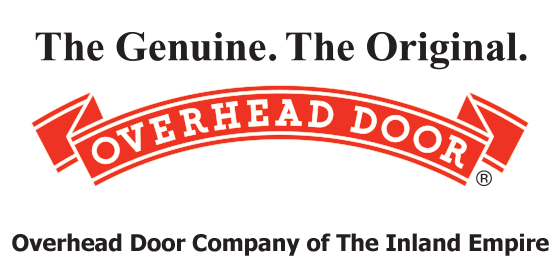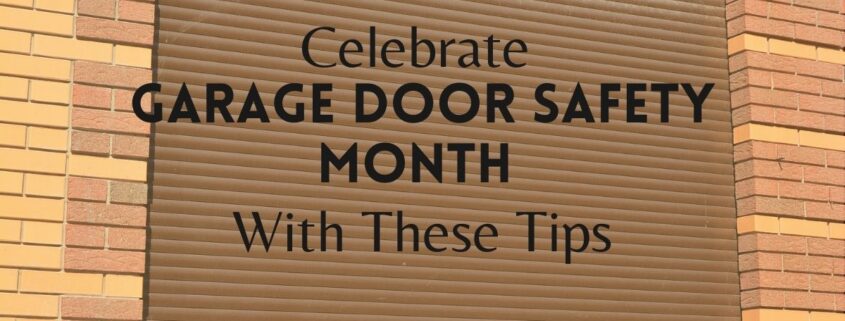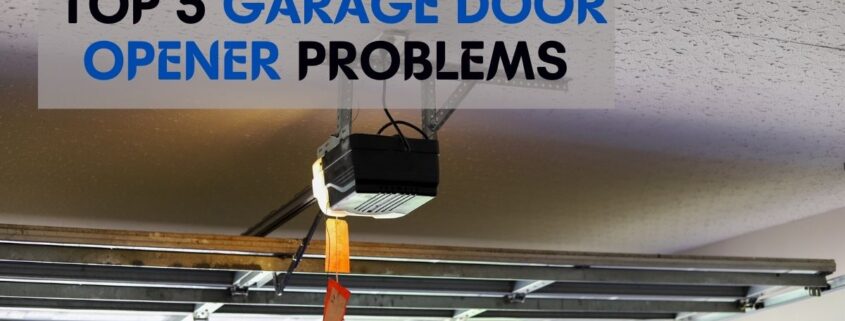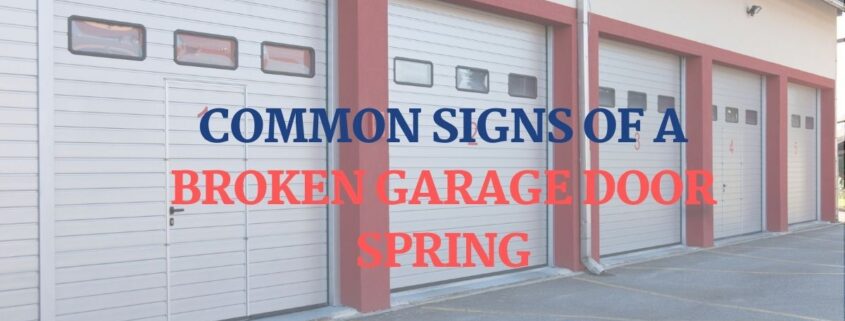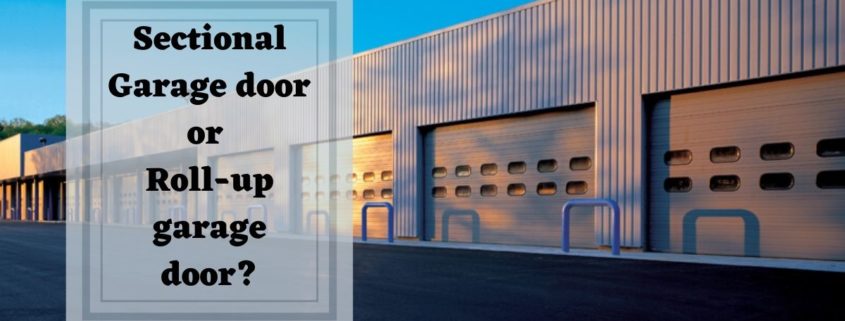Celebrate Garage Door Safety Month With These Tips
June has been designated as Garage Door Safety Month by the International Door Association (IDA) and the Door & Access Systems Manufacturers Association (DASMA), and it is the best time to ensure that your garage door works safely. Here are the tips and tricks for garage door safety this month to ensure your garage door works securely and you and your employees are safe.
Tips for Garage Door Safety This Month
Because garage doors are often the largest moving objects in homes and businesses, there are thousands of garage door-related injuries reported each year. With this in mind, it is crucial to know the best practices to stay safe around garage doors.
1. Avoid placing fingers between door sections
One of the most common garage door-related injuries that occur is pinching caused by the door’s sections. The report says this incident happens over 7,000 times every year.
Watch your fingers when around garage doors. Avoid putting them between the door sections or you may consider installing pinch-resistant garage door panels. Teach small children not to play around the garage door.
2. Use tamper-resistant door brackets
The bottom brackets of the garage door are connected to the door’s spring, which is under a lot of tension. A tamper-resistant bracket helps reduce the risk of injury from the door itself as it can prevent loosening of brackets by untrained professionals.
When adjusting any garage door parts, it is always best to leave it to a trained garage door professional.
3. Consult the manual
Every type and model of a garage door and opener have their specific safety instructions. So, make sure to always check the owner’s manual. It is also best to learn the door’s emergency release feature.
4. Visually inspect your garage door
Commercial garage doors are composed of different parts; the garage door’s springs, cables, rollers, and pulleys. These parts of the door wear out and break, which can often lead to serious injuries. So it is important to visually inspect your door to check signs of wear, at least once a month.
Springs can squeak and create some noise. This is because of normal wear and tear. In this case, the door springs need some lubrication. But if the problem persists, call for professional help.
Check the brackets, rollers, and pulleys. When any of these are loosened or removed, they can create potential safety problems. Do not attempt to repair or adjust the damage on your own. These parts are under a lot of tension and should be handled by a garage door repair technician.
5. Test the door automatic reverse
Your garage door system has an auto-reverse that allows the door to reverse automatically once it comes in contact with any obstructions. Thus, preventing any serious injuries.
Test your door’s reverse mechanism at least once a month by placing a one-inch board on the floor or on the door’s path. The door should reverse once it hits the board on its way downward. If not, call a garage door professional for repairs.
6. Avoid DIY garage door repairs and installation
Installation, repairs, and replacement of the garage door should be done by a certified garage door professional and not by an untrained individual. DIYing may just put you at risk and lead to costly repairs.
Remember to always be careful around a garage door and make sure to follow these garage door safety tips.
For commercial garage door repair, maintenance, and installation services, contact Inland Overhead Door Company.
